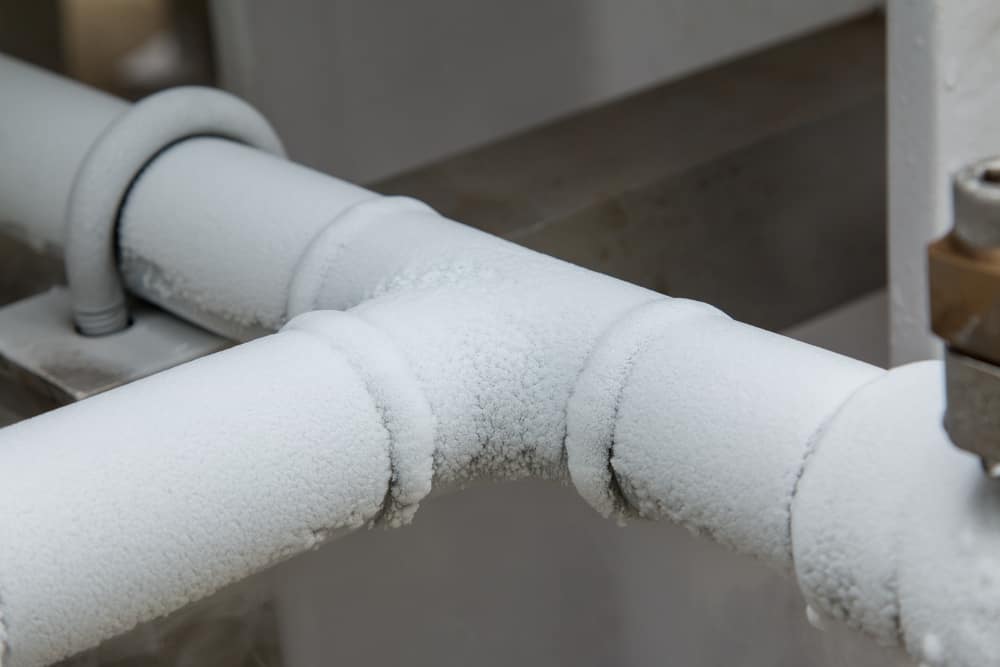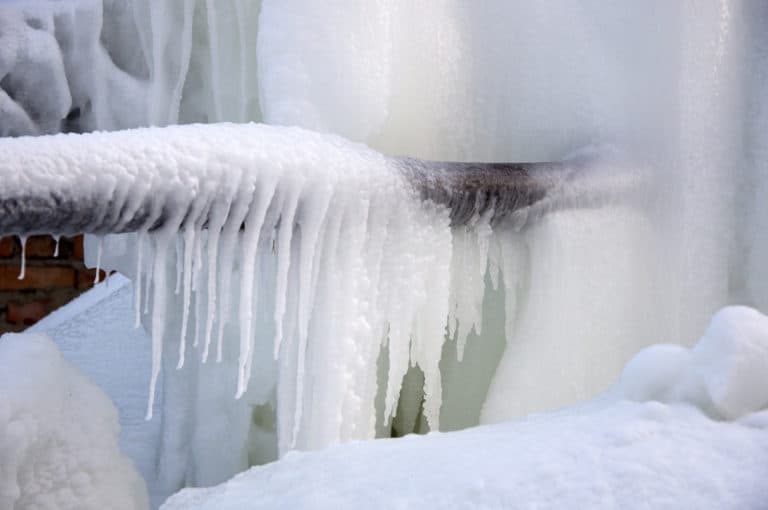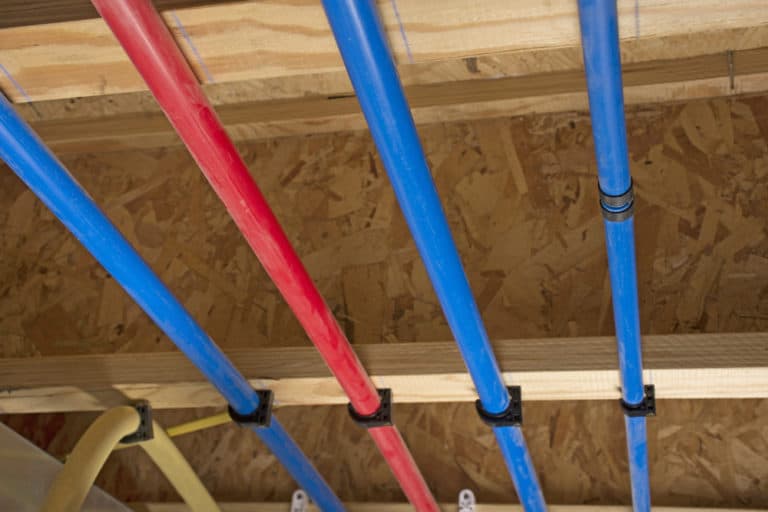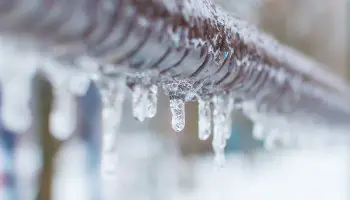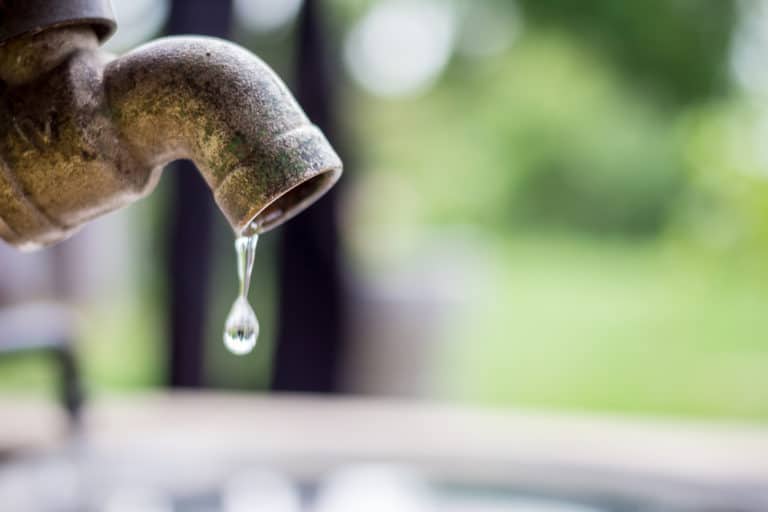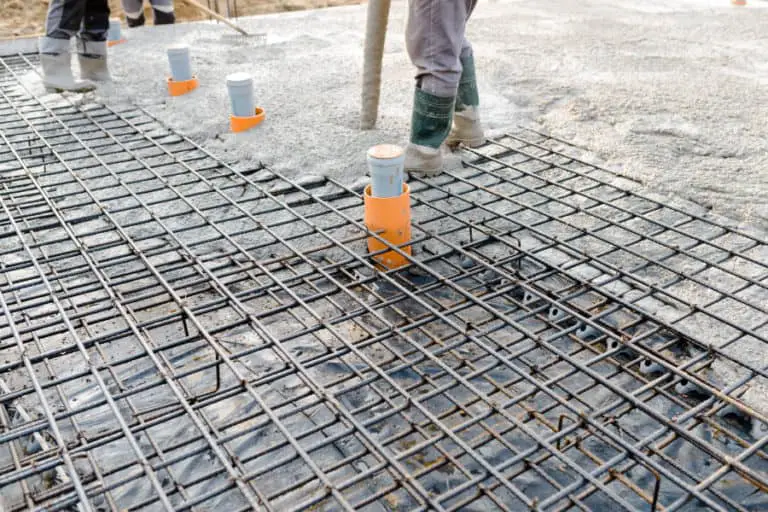Will Pipes Freeze in an Unheated Basement?
During the wintertime, your water pipes are susceptible to freezing. Basements are one of the most protected types of foundations. The question now is if your pipes can still freeze in an unheated basement despite the protection that it provides.
Your pipes will freeze if your basement is not heated. Even with insulation installed, the basement temperature will eventually drop to freezing temperatures (for pipes). A combination of insulation and temperature control is needed to prepare your basement for the cold season.
Read more as we’ll be going into how to prepare your basement for winter. We’ll be tackling topics such as heating your basement, types of insulation to use, and good practices to have to avoid your fixtures from getting damaged.
Basements and plumbing
In this section, we just want to get into a brief introduction of these different parts of a home. It’s essential to know more about them to help you make sound decisions in preparing for winter or when something goes wrong.
Basements are the most expensive type of foundation to have built for a house, with good reason. Unlike slab-type foundations, basements provide easy access to your utilities (electrical, plumbing, and mechanical). Compared to crawlspace types, basements provide a useable space for homeowners to be used as an extra room for storage.
Plumbing systems are designed to be able to handle mishaps. Strategically placed gate valves give homeowners the option to turn off water flow to broken plumbing fixtures. Clean-outs, holes that allow you to access drain pipes will enable you to drain your waste pipes if anything gets clogged.
Pipes, in general, are located near the natural grade line of a site (ground level). They can either be made out of PVC, copper, and steel. The most resistant to freezing and economical piping among the three is PVC (plastic) due to its lightweight, ease of installation, and insulation.
Insulation
Insulation can be simply described, for our purposes, as keeping warm temperatures in a while keeping cold temperatures out. Insulating materials have characteristics that have a reduced absorption or transference of temperatures, which is excellent for maximizing the heat generated from your HVAC.
The process of insulating a basement is almost just like protecting any other part of the house. The main difference is that your basement is the lowest part of your house (coldest) and that your basement can be exposed to the low temperatures from the outdoors and the ground.
We first want to get into the different types of insulation materials used for buildings. It’s essential to know these so that you can assess what type to use for your basement.
- Board insulation
The most common type of insulation and the cheapest, board insulation, can be installed in any part of your home(walls, floor, and ceiling); it’s recommended that it be used in conjunction with other insulations. These boards are made out of polystyrene and usually come with a moisture deterrent finish such as kraft paper.
- Fill type insulation
Fill type insulation is excellent for nooks and crannies found inside your basement. As the name implies, fill-type insulation is made out of small bits of poured materials. These materials can range anything from fiberglass to cellulose.
- Blanket type insulation
Blanket type insulations are made by weaving in together materials with insulation properties. Blankets are often used in irregularly shaped buildings (think curved or lots of corners).
- Foam type insulation
Foam-type insulation is often used for basements because of how well it can insulate and the moisture protection. However, spray foam insulation is also the most expensive type and difficult to install.
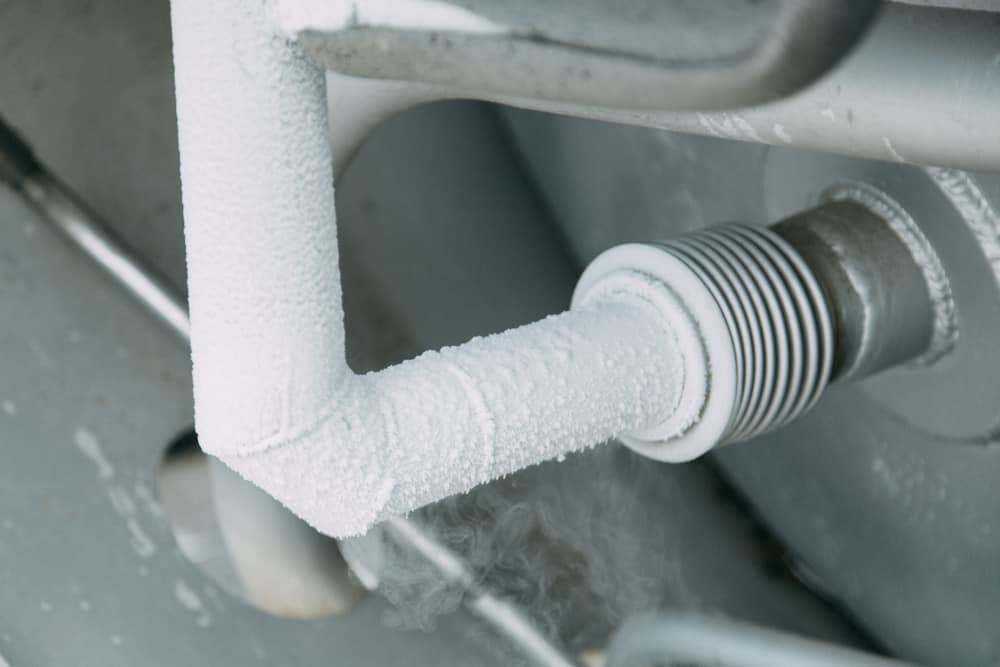
Guide to insulation for basement
Since we’ve just tackled the different insulation types, we can now go into how you can go about insulating the other parts of your basement. The good thing about basements is that it is less susceptible to freezing so you won’t need to employ any drastic measures compared to slab-type or crawlspace-type foundations.
- Basement wall
Basement walls are usually the ones that need the most insulation than the other parts of the basement. Depending on your wall design, you can go with foam-board insulation and have any gaps left filled with foam-spray installation.
You’ll need to achieve an insulation rating of R-10.
- Basement floor
Foam board insulation on the interior side of the basement floor should do the trick. Suppose you live in an area that regularly experiences winter. The architect/contractor should have already installed a vapor barrier to prevent moisture from damaging the concrete.
You’ll need to R-15
- Basement ceiling
Basement ceilings are typically insulated with a blanket-type of insulation, such as mineral wool, for sound-proofing. The floor of your first floor can act as your basement’s ceiling insulation.
You’ll need to achieve an insulation rating of R-20.
To get these R-values that we’ve included, you can opt to install multiple layers of insulation. Each R-value of the insulation adds up together to reach the required total rating. Take note that the rating that you need will be highly dependant on the climate of where you live and the heating system of your home.
Heating your basement
There are many ways that you could go about heating your basement. Depending on your situation and location, you can either source heat from hot air, hot water, fire itself, or heat from the materials in your basement.
We’ll be going into the different types to help you figure out what’s best for you.
- Electric Heater
An electric heater produces heat by spewing out hot air, just like how a blow dryer would. Electric heaters are cheap and portable, which makes them readily available. However, their main downside is that they are also the most inefficient for heating a basement and leaving them on for a long time will make your electricity bill skyrocket.
- Hot water pipe/Radiator
Water pipes specifically designed to be heated can be utilized to help heat the different parts of your basement through convection. A radiator works the same way and can also be used for this purpose.
This type of heating is quite expensive to install but is also quite efficient and saves energy. This type of heating is recommended if you find that your basement floor is susceptible to cold temperatures( ex. Due to permafrost)
- Fireplace/Stoves
Fireplaces and stoves are an excellent option for lowering your electricity bills. However, the main issue with them is that they require good ventilation and constant maintenance to work.
This is only a good option if your basement’s design already comes with it. If not, it’s recommended to opt for other heating installations instead.
- Air Duct
If you have an HVAC system already in place to heat your home, then the best option for you is to extend it down to your basement. Although expensive to install, this allows your basement to consistently receive heat without you having to worry that much about the electric bill, nor does it require you to check on your basement regularly.
Note that it’s not required to have heating for your basement. Heat tends to travel towards colder air, and your basement is sure to receive some of that heat. If you plan to opt-out of setting up heating appliances for your basement, you’ll need to compensate by installing more insulation to minimize heat loss.
Will pipes freeze in an unheated home?
Yes, your pipes can freeze if your home is unheated. Although pipes located throughout your house are in a better location, compared to pipes below the grade level, if the temperature drops low enough inside your home, then it’s still possible for them to freeze.
Conclusion
Basements still require protection, through proper insulation and heating, during the wintertime.
Insulation and heating come to hand and hand when it comes to protecting your basement.
There are many different options for insulating/heating your basement; choosing which one to install will depend on your basement’s conditions (ex. Moisture) and your budget. The general gist is that you should consistently maintain a temperature that prevents your fixtures from getting damaged.

